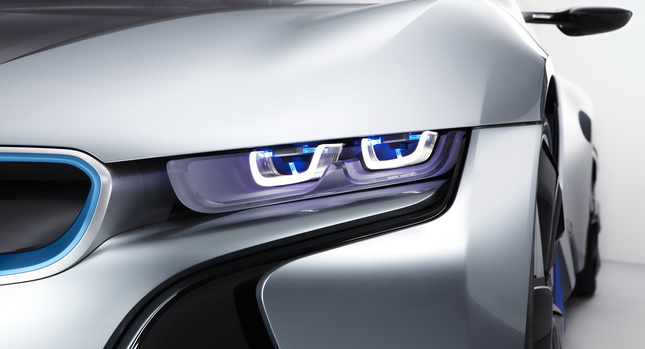Most car manufacturers have already adopted the use of LED (light-emitting diode) technology for the lights on their new models – at first for the rear and subsequently for the front daytime running lights. Premium carmakers are even offering full LED headlamps on some of their models, like BMW in its new 6-Series coupe and convertible.
But the Bavarian firm’s engineers didn’t put out the lights (pun intended) and head home after their latest achievement. Instead they started working on what they say is the next logical step in car light technology: laser.
Laser lighting has many advantages. By definition, it is radically different from sunlight and various existing types of artificial lighting. That’s because it’s monochromatic meaning the light waves it emits all have the same length. It is also a “coherent” light source, meaning that its waves can have a constant phase difference.
And before we tire some of you with more technical terms, let’s just say that laser lighting is way better than today’s state-of-the-art LEDs.
It can produce a light beam with an intensity 1,000 times (!) greater than that of LEDs. It poses no risk to humans or wildlife in car applications (so you can’t fire your way out of a traffic jam…), because laser light isn’t emitted directly, but is first converted in a very bright and white beam that is also pleasant to the eye and has the added advantage of very low energy production.
So, ladies and gentlemen, start your engines and fire up your lasers. BMW may have shattered our childhood sci-fi heroes to pieces, but we still have phasers to look forward to, don’t we?




